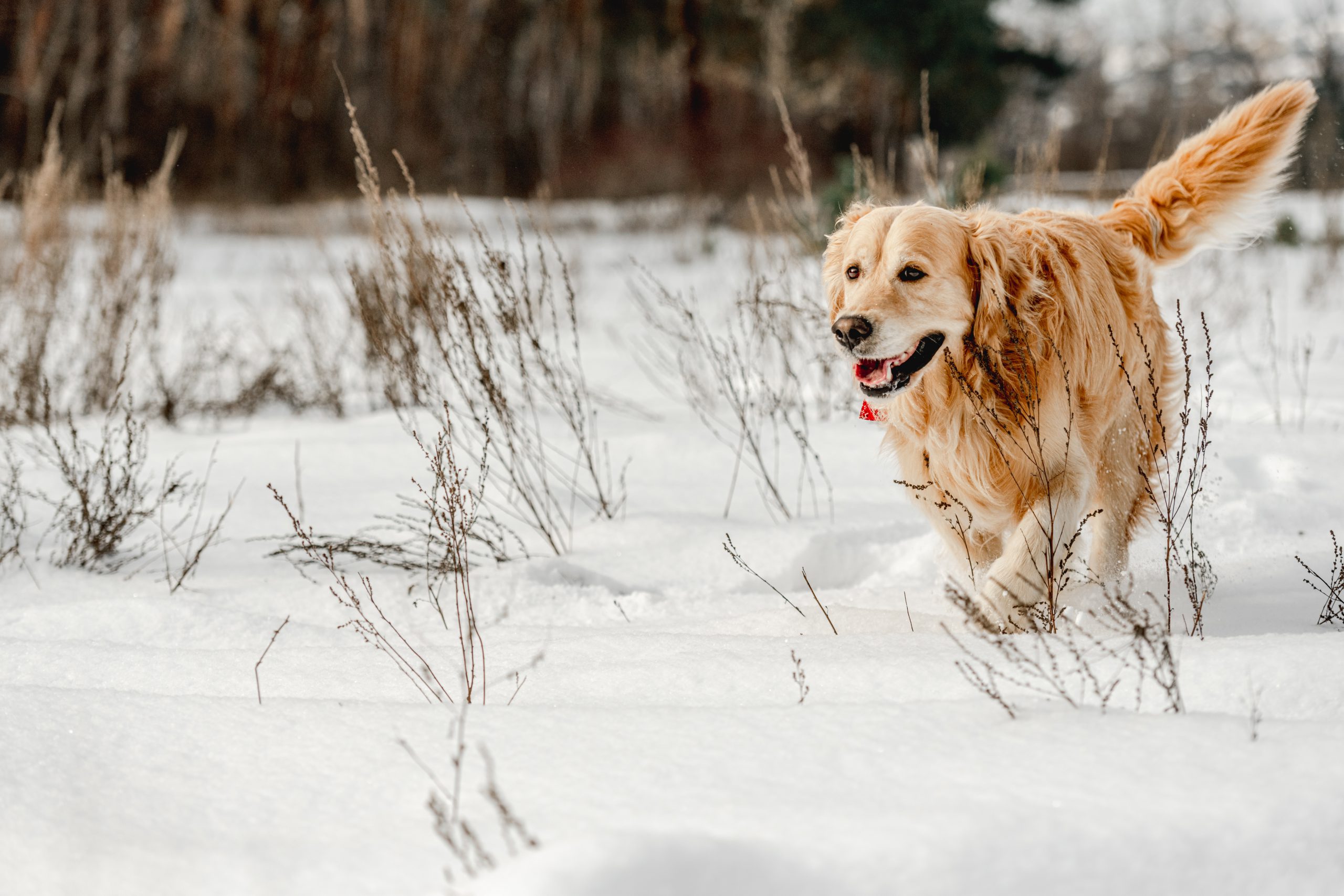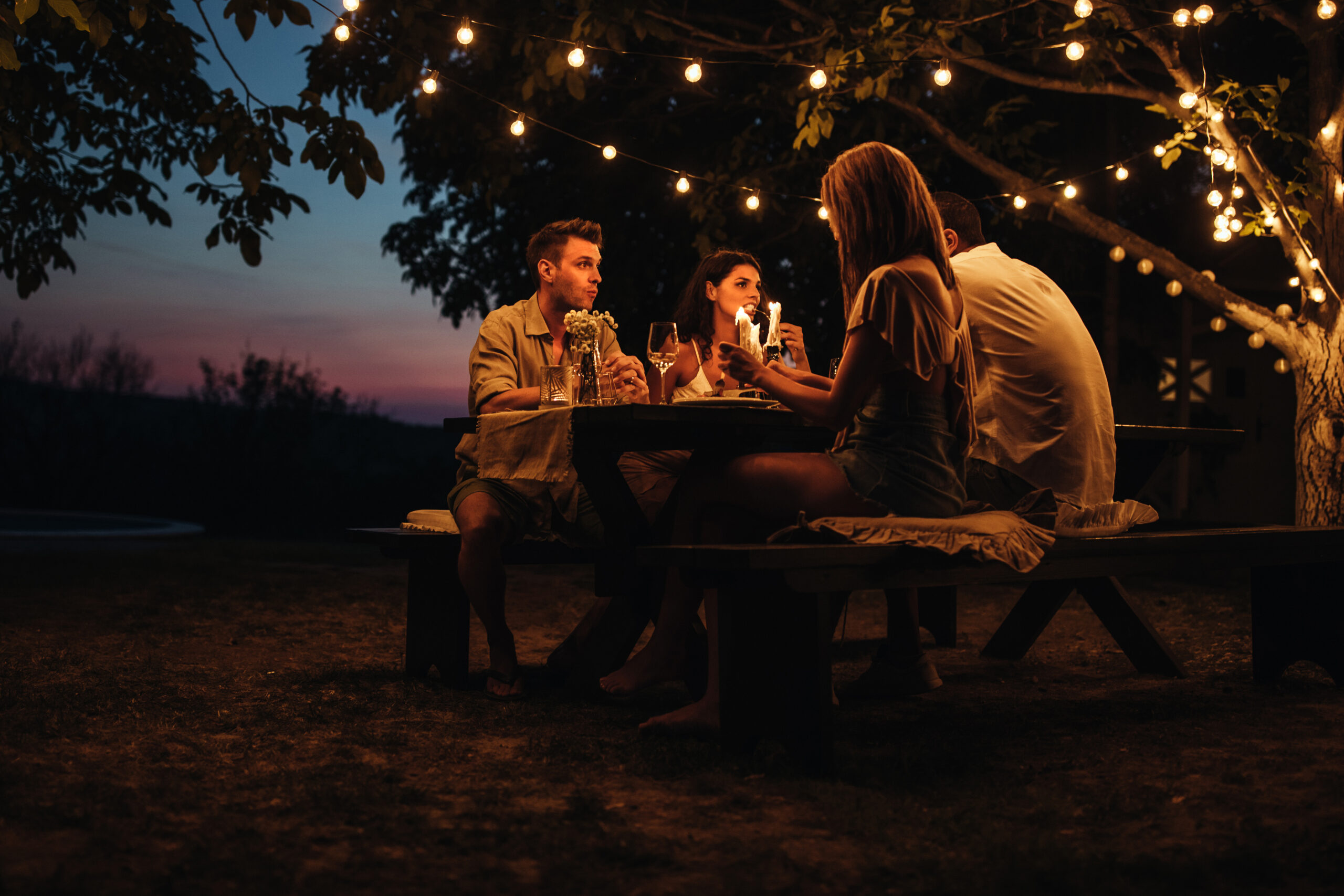
Like the characters they created, the Brontë siblings have fascinated readers for almost two centuries. Three sisters and a brother, the children of a widowed Yorkshire clergyman, had a restricted, insular upbringing surrounded by the wild moors. They all wrote, but it is the work of Emily (Wuthering Heights) and Charlotte (Jane Eyre) that have most captivated scholars and audiences. Their stories explore the contrast between a restrictive society (a female character) and unbridled passion (Mr. Rochester and Heathcliff, still the inspiration for and those who love to read and write romances). “Emily,” starring Emma Mackey and directed by Frances O’Connor, is a depiction of the life of Emily Brontë, some based on fact and some “might have happened” fantasy. In an interview, Mackey and O’Connor talked about evoking the setting with sound and light, the two weeks of improvisation, research, rehearsal, and dancing, and using what you are surrounded by to make art.
Just as in Emily’s book, Wuthering Heights, the setting is tremendously important. We first see Emily literally caressing the moor grass. What was important to you in portraying the environment the Brontës lived in?
FRANCES O’CONNOR: When I was 20-something, I was doing a film in London, [Mansfield Park], and I had a couple of weeks off because the director got sick. I already was a bit of a Brontë geek, so I went up to Haworth, where the Brontës are from, for the first time, and there was something about visiting that landscape that for me was incredibly evocative, and you could see where that world of the book came from. Landscape is associated with emotion a lot of the time, and I really wanted to put that into the film. And so, the environment had to be a place that felt very evocative and also elemental with the wind and the rain and the birdsong so that you really felt immersed in the world. One of the things I felt was very important was that the sound also helped us feel immersed in the world, whether it’s the actor’s breath or the moving movement of the costume. We foleyed a lot of that so that you really felt you were inside it.
Because that’s how I felt when I read Wuthering Heights.

The sound design is absolutely superb. I loved the way the sound of the rain and the birds comes in and the way that the sounds of the birds come in. During the sermon, we feel really drenched in that rain when the sound comes up.
FO: That’s in her imagination. She’s imagining it while he’s talking about it. And that’s the imaginative power that she has. We got very lucky. I was introduced to Niv Adiri, who works with one of my friends who’s an editor. He’s done “Gravity.” He did “Belfast” last year. He’s a really creative sound mixer. We wanted to do a soundscape that could push out into something more impressionistic and, other times, just be very real. And so, there are moments where we create almost like a vacuum, so there’s no sound. And then a window would open, and then you would be thrown into the sound of the birds and the wind and the rain. We played with it, really, in terms of making it evocative for the audience.
I also loved the lighting in the film, which felt very authentic to the period, just candlelight and sunlight. How does that affect your performance?
EMMA MACKEY: It was very freeing. I didn’t feel like I was ever placed. I don’t remember ever being on a mark. The cinematographer, Nanu Segal, fashioned this L-shaped arm that she attached to the camera with candles, so in the evening scenes and when the characters were in bed, it was incredible. And it didn’t even clock at the time. I didn’t think, “What’s she doing? What is that contraption?” But it was great. I think specifically when Charlotte and Emily are in bed, and they’re telling the stories, and Charlotte’s telling her to keep her stories to herself, and it’s embarrassing, that first kind of sister-off that we have, that was all candlelit. That’s what gives it that hue. I don’t ever remember being told it was my close-up, so when I saw the film, I was like, “Oh, bloody hell, it’s quite a lot of my face.” That’s quite a good sign, I think. I wasn’t self-aware. The lighting and the way that the camera moved were so key to that being the case.
One of the most memorable moments of the movie is the mask scene.
EM: It was intense. We did it over two or three days, if my memory serves me well, all candlelit. It was a piece that we had been building up to, and it felt quite theatrical. So, naturally, it felt like a theater piece. And we did it in many ways, in many different ways, but always as a oner, so we never broke it up into segments. It was always the entire monologue, so all of the reactions are very raw, and I think that’s what makes it so emotionally charged. Tonally, that scene is what shifts the tone of the movie so clearly. And you step into something very, very different and surprising, a supernatural, almost grotesque, very gothic world. And I think that’s so key. It is an ode to Emily’s writing universe and her legacy.
FO: We wanted that scene to be a progression that started from someplace where it felt very safe: a family sitting around a table, they’ve all had a great day, and it feels very inviting, you want to be in that world. And then slowly the light gets less and less and less. And then, eventually, we get into these single isolated images of all the characters. We decided to have one single light source above, like an oil light, an oil lamp, and then for the faces to be quite lit but then quickly recede into the dark. So, you weren’t able to really see what was behind you. And then we had the window behind Emily, and you see their image, their reflections behind her, which was also very beautiful. And then, when the windows opened, the light would swing and create this impressionistic sense of hysteria and chaos with the light.

I’m always curious how actors are able to create such a sense of history and intimacy, which is especially important for any story about the very interconnected Brontës.
EM: It was so essential because all of the family dynamics are there in the foreground, so we had to make sure that we were bonded. It’s such a luxury to have the time for that. We were all staying in a house together, and we were very isolated in the middle of nowhere in Yorkshire. And we had two weeks before we started filming. So, we had a preamble before we actually started shooting the film officially where we were going into rehearsals every day, and we were working on the script together, and we were working on scenes together, and improvising, and doing music lessons and dance lessons and all these things. And we were filming during COVID as well, so we were in a little bubble. That was one of Frances’s prerogatives. And it was just so great.
FO: We had two weeks of rehearsal up in Haworth. They had this gorgeous Grange house to live in, and they all got to know each other and lived side by side. So, they did become like a family. I really believe if you actually really do relax enough and connect to your fellow actor, you get the really good stuff. A lot of the time you get on a set and you’re just manufacturing it by yourself. But I really believe the good stuff happens is when you really do connect. And so, we did rehearsal, we had a reading list, we had discussions before we started rehearsing. We did improvisations in character with them going for a walk together and then rehearsing the scenes. And we also did dance every morning, so the actors danced every morning to the three-piece live band. Just crazy stuff like that just helps people loosen up and bring their real selves to the project.
Someone in the film says, “God surrounds each artist with different things.” What are you surrounded by?
FO: God, the universe, whoever surrounds each artist with different things; good, bad, beautiful, and ugly. And there’s design in that. There’s reason in that. And I’ve always questioned, “Is it coincidence?” For an artist, things don’t always work out. But using all of that to create art is really powerful. And that’s what happens at the end of the film.
“Emily” is now playing in theaters.




